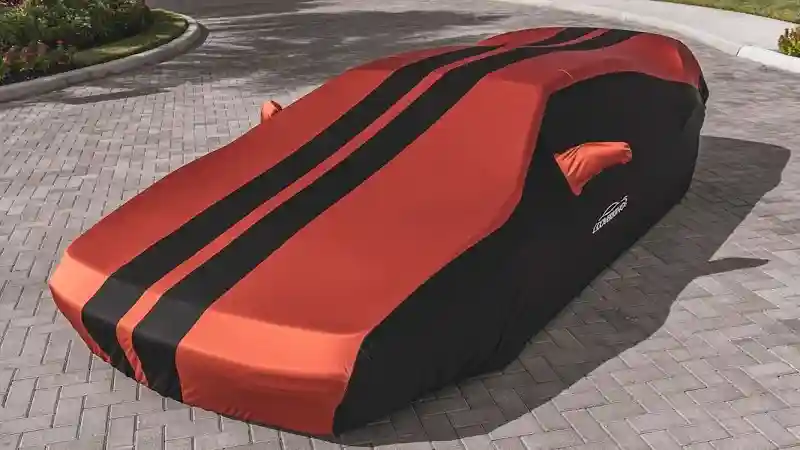
Protecting your vehicle from the elements is crucial for maintaining its aesthetic appeal and longevity. Car covers are an effective solution, shielding your cherished ride from rain, snow, sun, and dust. With various choices on the market, it’s essential to understand the features that make a car cover truly effective. Below, we’ll explore the significant aspects to consider when selecting the best protective layer for your four-wheeled companion.
Selecting the Right Material for Weather Protection
The material is one of the first things to consider when purchasing a car cover. Different climates require different types of protection. For instance, a breathable, water-resistant material is best in areas with high moisture, as it can prevent mold and mildew buildup while shielding the car from rain.
Conversely, if you’re residing in an area with intense sun exposure, look for a cover with UV protection to prevent paint fade and interior damage caused by harmful rays. Reflective materials can help deflect sunlight and keep the vehicle cooler, a boon during the hot summer months.
In regions where snow and ice are prevalent, a heavier, more robust cover can prevent accumulation and reduce the risk of scratches when removing snow from the vehicle’s surface. Choosing a cover that will not freeze the car is imperative, as this can damage the cover and the paint upon removal.
Moreover, some materials are designed to be exceptionally durable, catering to those who need protection from windblown debris or tree sap. Always consider the specific weather conditions of your locale when deciding on the best car cover material.
Understanding Fit and Size for Optimal Coverage
The right fit is another critical consideration. A well-fitted car cover will hug the contours of your vehicle, providing optimal protection. Too tight, and you risk the cover stretching and tearing; too loose, and it may flap in the wind, potentially causing damage to the paintwork.
Universal-fit covers might seem convenient and cost-effective, but they often don’t provide the snugness needed for maximum protection. Instead, look for custom or semi-custom covers tailored to the specific dimensions of your car model. This ensures coverage down to the last inch.
Some manufacturers offer customizable options for those with unique or modified vehicles, where dimensions can be specified for a perfect fit. These covers can accommodate aftermarket parts like spoilers or larger wheels, ensuring every aspect of your vehicle is protected.
Aside from the overall fit, it’s essential to consider how the cover secures the vehicle. Elastic hems, grommets, and tie-downs can help keep the cover in place, even during high winds. A secure fit means better protection and peace of mind for the car owner.
Features Enhancing Durability and Longevity of Car Covers
Investing in a car cover means looking for one that will last. Durable materials that resist tearing and punctures ensure your cover can protect your vehicle for years. Look for high-quality fabrics and strong stitching that can withstand repeated use and the rigors of the elements.
Many covers also come with reinforced seams and corners, areas that typically experience the most wear and tear. These reinforcements help extend the cover’s life, safeguarding your investment. Additionally, some car covers include a warranty, which is a testament to their expected longevity and offers reassurance to the buyer.
Protection from the inside is just as important; a soft lining within the cover can help prevent scratches to your car’s finish. This lining should be non-abrasive and gentle on paint, chrome, and glass, ensuring your vehicle remains pristine underneath the protective layer.
It’s also worth noting how the cover performs over time under different weather conditions. A material that remains flexible in cold temperatures and does not degrade in direct sunlight is essential for a cover’s long-term durability.
Overall, choosing the best car cover involves considering your area’s specific weather conditions, ensuring a proper fit, and prioritizing durable materials with reinforcing features. By paying attention to these key aspects, you can protect your vehicle, maintain its appearance, and extend its lifespan.






